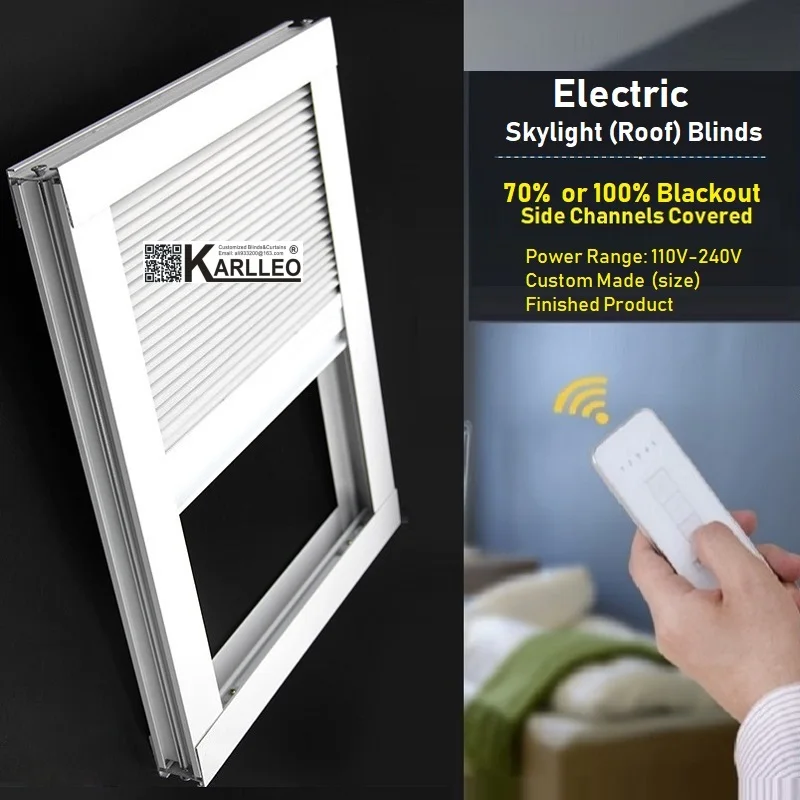

In particular, buildings that employ passive solar heating or daylighting often depend on well-designed sun control and shading devices.ĭuring cooling seasons, external window shading is an excellent way to prevent unwanted solar heat gain from entering a conditioned space.

The use of sun control and shading devices is an important aspect of many energy-efficient building design strategies. This can provide interest and human scale to an otherwise undistinguished design. Shading devices offer the opportunity of differentiating one building facade from another. This often leads to increased satisfaction and productivity.

Sun control and shading devices can also improve user visual comfort by controlling glare and reducing contrast ratios. Depending on the amount and location of fenestration, reductions in annual cooling energy consumption of 5% to 15% have been reported. Well-designed sun control and shading devices can dramatically reduce building peak heat gain and cooling requirements and improve the natural lighting quality of building interiors.
#AUTOMATIC SHADE CONTROL WINDOWS#
In warm, sunny climates excess solar gain may result in high cooling energy consumption in cold and temperate climates winter sun entering south-facing windows can positively contribute to passive solar heating and in nearly all climates controlling and diffusing natural illumination will improve daylighting. There are many different reasons to want to control the amount of sunlight that is admitted into a building.


 0 kommentar(er)
0 kommentar(er)
